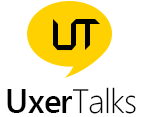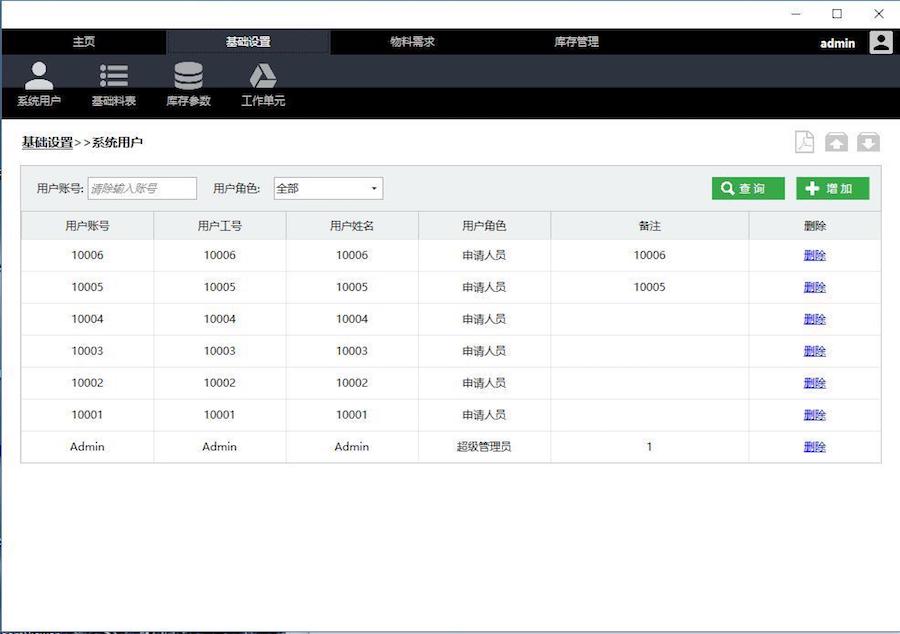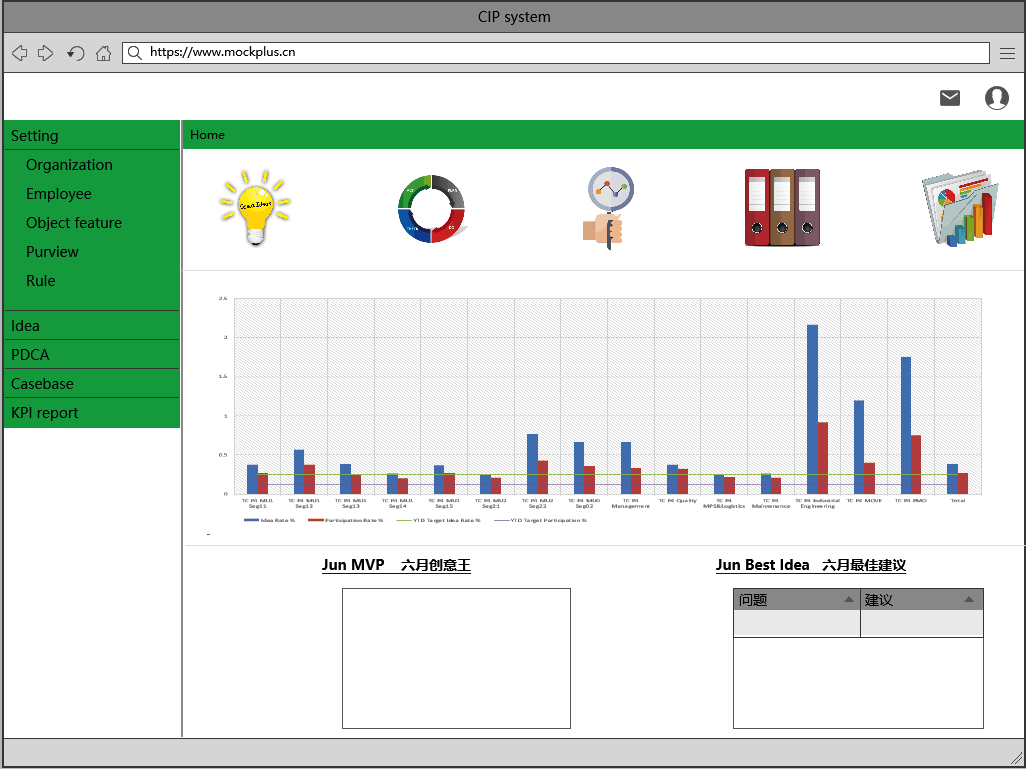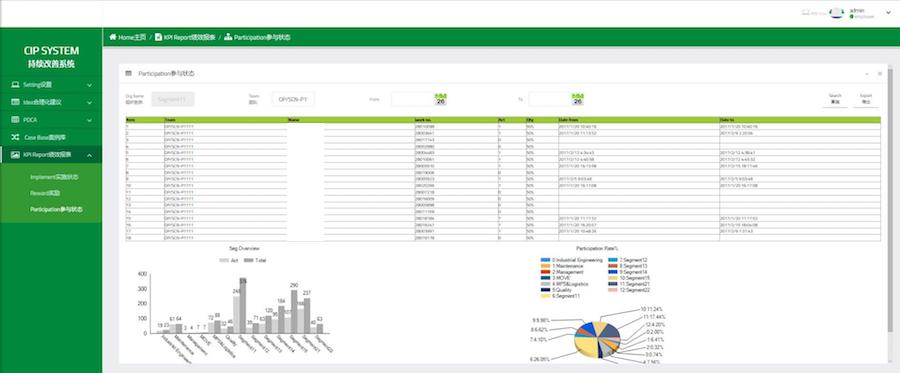
INSIGHTS OF THE INDUSTRY-LEADING UXERS AND PMS IN CHIN
Interviewer: Martin, Planning Manager at Mockplus
Interviewee: Felix Ma, Product Manager in the Industrial Design
Today we have invited Felix Ma to share his perspectives towards industry expertise. What’s the difference between software design and consumer software design in the industrial market? How to become a qualified product manager in the industrial market? The two questions are not easy to answer for a considerable number of people, and even for the product managers and designers. In this interview, Felix will help answer them on the basis of his own working experience.
For the industry and consumer-oriented software design, they seem to be completed by the same group of people, as they are both based on users’ demand analysis and will be made through the process of product design, UX/UI design as well as development. As a matter of fact, there are subtle or significant differences between them, which make some designers and product managers feel that they can easily go across the gap between them, but only to find it’s not easy at all for the unique requirements and guidelines for the industrial market.
“I’m Felix Ma and now living in Suzhou. I have personal preferences for industrial aesthetics and been engaged in the integration system of the industrial market. I’m responsible for the product design, project planning, and operations of the system strategy for a local enterprise in Suzhou.
For the field of the industrial networking system, I will think about how to integrate the concept of the consumer into it so that the industrial networking system will be more agile and can better meet the demands of future users with real value added.
The design of industrial system is built on the basis of function and should consider more of the usability when users are interacting with the product. This is pretty typical in the UI design in which the goal is to grab the attention of customers. That can be an indispensable part of the industrial system software in the future. And I hope I could create a brand which is small but full of industrial beauty in the near future”.
At the very beginning, we’ve mentioned that software design for the industrial and consumer market isn’t the same. Felix worked in the technical position and then transferred to the management department and finally went into the product field. This seems to be a zig-zag road, but it helps a lot for Felix’s product planning work. It’s hard to meet the requirements of the industrial market if he has no experience like this.
Martin: What is your specific experience in the technical work and how does it help you do the product planning?
Felix: Both the experiences in technical and management positions are very helpful for product planning. For the product managers in the industrial market, they should master the expertise of software design and have a deep understanding of the industry from hardware to the technical level. This is just the foundation. And even we need to help customers enhance the system solutions from the technical level, and assist them in changing and upgrading from hardware to software, through to technology and management.
Plus, the technology and management are the real demands of our customers. As I have experiences about the two aspects, I can understand the needs and pains of users. This can help to make the design direction right in the product planning. It would be different between doing it yourself and just listening to others’ explanation. It’s difficult to grasp the real demands of customers if you don’t keep close to them and know the experiences of them. I’m in this field in the past 10 years and thus have a deep understanding for customer satisfaction in the product planning. Now, our CS is pretty high and it reaches more than 90%.

Martin: In your opinion, what is the most difficult part in the design of industrial software?
Felix: It should be accurately grasping the customers’ real needs and then sparing no efforts to display the needs of customers by the logic of the system. The importance of user interface here cannot be ignored. Plus, the depth and breadth of a project or project’s research will determine how many demands that you can get for customers. Furthermore, they also need the designer to have more resonance with them and make clear of what they really need, which just go back to the understanding level of technology and management.
Martin: Can the users looking for assistance be able to make their needs clear? What work will you help them to do so as to determine which kind of software they need finally?
Felix: For my own experience, there are generally two kinds of customers: one is those who are very clear about what they want and they can describe further in both written and oral ways. In this case, we will take the initial needs of customers and then take relevant researchers in order to observe the needs of each customer in real and individual usage scenario. Do a summary based on that and make the design in accordance with the customers’usage scenarios.
Another one is those who don’t know what they want or don’t consider their own needs completely. Here, we will guide the customers to think about what they really want and follow the same research process as above.''

In many people’s eyes, the UI of industrial software should be the same as that of the 90s, which is dull and out-of-date. But this caused by the particularity of industrial software, and it doesn’t mean designers or developers don’t have the ability to develop software to the design trend. Actually, this situation is gradually changing.
Felix: The industrial software in the past don’t emphasize on the aesthetics, but this situation is changing in recent years. But the management system of the industrial or management software cannot be fancy, instead, they are orthodox. The aesthetics mentioned here is somewhat like the industrial aesthetics, and the design of placing the content on the right side with left-hand navigation is quite common. The Bootstrap style is now popular.
Martin: Even for the customized software, the design of the layout will also be similar?
Felix: Yes, it is. Unless customers have customized UI requirements, we’d like to recommend customers to use our own platform or the universal UI. From the perspective of a company, it’s better to use the universal UI to make the work as efficient as possible; but from the perspective of the market, the UI developed by different companies will be different a lot.
Another reason for this phenomenon is that the organic content made in China is little, and most of us are using the open-source resources to make UI design. This is a big headache, and even you produce something organic, then it will be copied quickly by other guys.
But in the customization of software, the content of customization basically takes up 70%-80%, and there will be some customization parts left for customers except for the basic information part that shows the versatility. The workload for the customization of content in the prototype design is relatively large.
Martin: In the pictures, there are many elements of Accordion and Menu Bar, etc. Are they the major features of industrial software design?
Felix: Most of the back-end development uses the universal design, while the front-end starts to learn from the design of App, such as the gestures and other animation effects. However, this is just a start. As more and more customers in the industrial product design need the touch of PC, the structure and display way of the front-end are also changing.

When being asked about the views on the development prospects of the consumer and industrial market, Felix mentioned the key for the phenomenon where people want to move from the consumer market to the industrial market is that the former has fierce competition while the latter hasn’t yet. Although the transfer doesn’t seem to be difficult, the requirements for designers are pretty high. The main factor is still the aforementioned technology and management-related background.
Felix: If you just make software and want to join the battle of the industrial market, there will be many obstacles for you in the future. For instance, the software developed by our company is only one part of the entire solution, and we have to interact with the hardware and have direct communication from the technical level. With the experience of software design, you will find a lot of difficulties in the transfer to industrial market. No one will come to find you to do the design.
Butt his doesn’t mean that it’s impossible to transfer from the consumer market to the industrial market. Just as Felix who has the technical background, the transfer will be smooth with the experience and expertise of most product managers. To transfer to the product field, there will be weak points in every aspect, and the key to a successful transfer is to conquer the weak points.
Martin: Based on what you’ve mentioned above, we can see the technical requirements for the software design are pretty high. What is the background of the product manager in the industrial market?
Felix: There are two kinds in general. There are some people transferring from the software industry with a good understanding of the software itself, but they cannot perform well in the grasp of customer demands especially when it’s combined with the management elements. On the other hand, there are other people like me who have transferred from a different world, and they need to re-learn a lot of product design knowledge, including the software, art, prototyping and the code structure and so on. And the software will be a weak point.

INSIGHTS OF THE INDUSTRY-LEADING UXERS AND PMS IN CHINA
 Mockplus RP
Mockplus RP
A free prototyping tool to create wireframes or interactive prototypes in minutes.
 Mockplus DT
Mockplus DT
A free UI design tool to design, animate, collaborate and handoff right in the browser.
